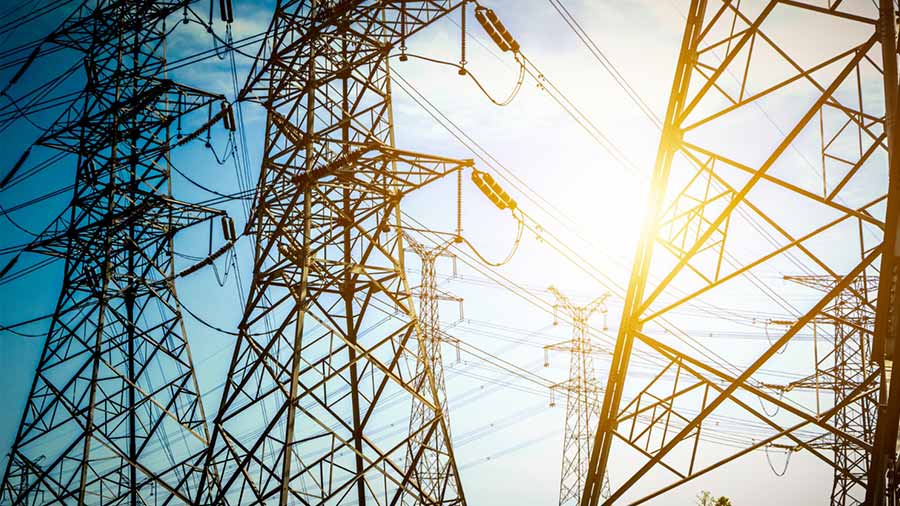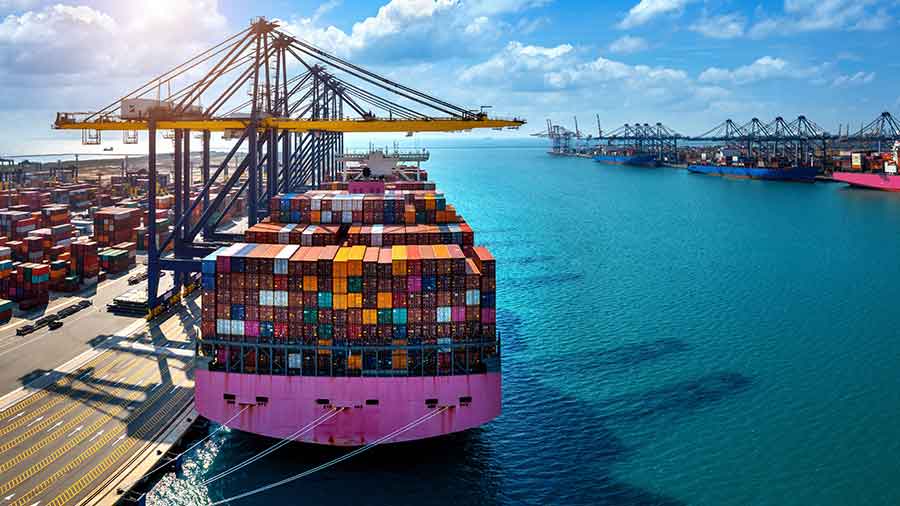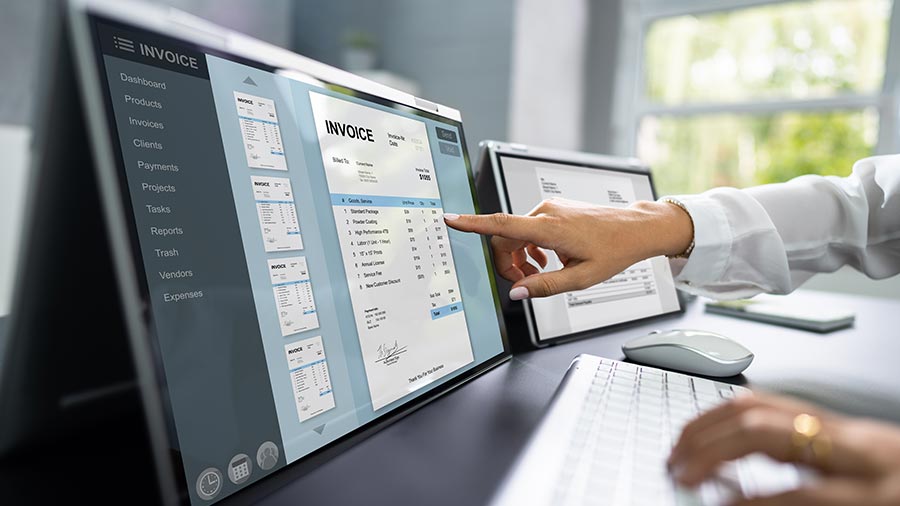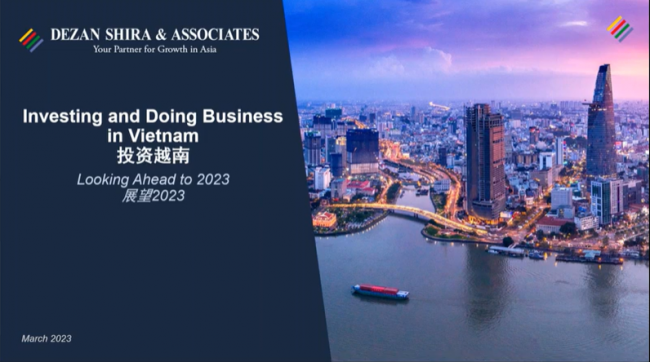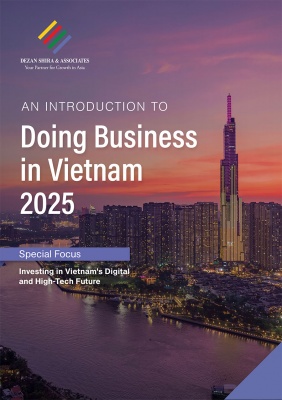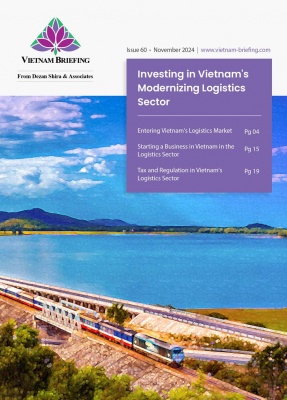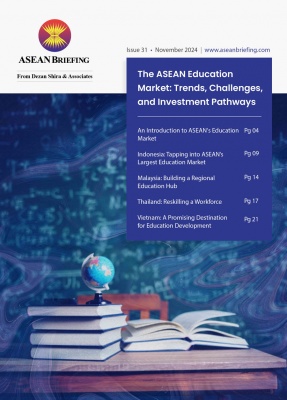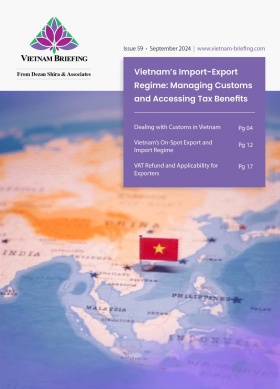Vietnam’s Carbon Market Development: Objectives and Implementation Plan Under Decision 232
On January 24, 2025, Vietnam’s Prime Minister issued Decision No. 232/QD-TTg (“Decision 232”), approving a project to establish and develop the country’s carbon market. This article outlines the market’s structure, key objectives, and implementation roadmap.
Decision 232, effective immediately upon issuance, primarily aims to establish a carbon market in Vietnam to support the implementation of greenhouse gas emission reduction targets outlined in the Nationally Determined Contributions (NDC), while also minimizing costs for businesses and society. The project is set to spur new financial support for Vietnam’s greenhouse gas reduction efforts, motivate the transition to green technologies, and strengthen local businesses’ competitiveness in both domestic and international markets.
With this project announcement, Vietnam’s government is expediting its plan to build a low-carbon economy and fulfill its pledge to address climate change by achieving net-zero emissions by 2050.
Objectives of Vietnam’s carbon market
Decision 232 aims to:
- Establish a carbon market to support Vietnam’s greenhouse gas reduction targets under the NDC while minimizing costs for businesses and society.
- Generate new financial flows for emissions reduction initiatives.
- Promote green transformation.
- Advance low-emission technologies to enhance the competitiveness of Vietnamese enterprises domestically and globally.
- Develop a low-carbon economy and proactively address climate change, aligning with Vietnam’s net-zero emissions goal by 2050.
The initiative outlines a phased approach to achieving the vision, with the following timeline and specific targets:
Before June 2025:
- Finalize the legal framework for the exchange of greenhouse gas emission quotas, carbon credits, and the carbon credit exchange and offset mechanism, laying the foundation for the pilot implementation of the carbon trading platform.
- Develop the infrastructure necessary to support the carbon market’s operations.
- Strengthen the management capacity of state agencies and prepare businesses, organizations, and individuals for participation in the carbon market.
From June 2025 to December 2028:
- Complete the infrastructure development for the carbon market.
- Conduct pilot operations of domestic carbon trading platforms.
- Finalize the legal documents required for carbon market operations.
- Further enhance the management capacity of state agencies and build the readiness of businesses, organizations, and individuals for the official launch of the carbon market.
From 2029 onwards:
- Officially launch domestic carbon trading platforms.
- Continuously improve legal regulations and infrastructure while strengthening the management, organization, and operation of state agencies involved in the carbon market.
- Ongoing efforts to increase the capacity and awareness of businesses, organizations, and individuals to meet evolving market demands.
Vietnam’s carbon market: Structure and implementation
Main commodities
Decision 232 outlines two primary market commodities, namely:
- Greenhouse Gas (GHG) Emission Quotas
The GHG quotas will establish limits on greenhouse gas emissions for various entities. These quotas will be distributed to establishments listed in the sectors and entities that must carry out greenhouse gas inventories, as specified by the Prime Minister. These entities will mostly be firms and facilities in large emitting sectors.
The quotas will be allocated either for free or through auctions.
- Certified Carbon Credits (CCCs)
Carbon credits eligible for trading on the carbon market are validated in accordance with legal provisions. These credits can be obtained from programs and projects under the domestic carbon credit exchange and offset mechanism. Additionally, they can be earned from international programs and projects, including the Clean Development Mechanism (CDM), the Crediting Mechanism (JCM), and the Mechanism under Article 6 of the Paris Agreement.
The rules for the distribution of these quotas and credits will be updated and refined as the market develops.
National registration and infrastructure
The carbon market development project prescribes the establishment of a national system for registering greenhouse gas emission quotas and carbon credits, focusing on the management, updating, and monitoring of activities such as borrowing, transferring, and offsetting quotas. The Ministry of Natural Resources and Environment (MONRE) will spearhead the system’s development and operation in collaboration with relevant agencies. Meanwhile, the government has tasked the Hanoi Stock Exchange (HNX) with establishing and operating a domestic carbon exchange.
Carbon trading will be centralized, with emission quotas and carbon credits verified by MONRE and assigned unique, non-replicable identification codes. Participants in the carbon market must maintain depository accounts for trading quotas or credits to facilitate data synchronization and ensure regulatory supervision.
The Vietnam Securities Depository and Clearing Corporation will manage transaction depositories and settlements, with payments being automated according to trade outcomes relayed by the Hanoi Stock Exchange, ensuring that goods transfer occurs simultaneously with payment.
|
Implementation Roadmap of Vietnam’s Carbon Market |
|
|
Pilot phase (2025-2028) |
Official rollout (2029 onwards) |
|
|
Harnessing the power of a carbon market
A robust carbon market is expected to play a key role in helping Vietnam secure the necessary funding for its net-zero commitment and address climate change. Recent estimates suggest that the country will need a significant US$473 billion to achieve these goals. Establishing a carbon market will facilitate Vietnam’s further integration with regional and global markets by improving product competitiveness, fostering knowledge exchange, and aligning with international standards.
On the feasibility of implementing a carbon market, there is strong evidence supporting Vietnam’s capability, as the country has already demonstrated its commitment to achieving green transition objectives. In March 2024, Vietnam received a payment of US$51.5 million for verified emissions reductions, known as carbon credits, for efforts in reducing deforestation and forest degradation through REDD+ and increasing carbon storage through reforestation and afforestation. This achievement makes Vietnam the first country in the East Asia Pacific region to receive a results-based payment from the World Bank’s Forest Carbon Partnership Facility (FCPF).
The payment was awarded to Vietnam for reducing 10.3 million tons of carbon emissions between February 1, 2018, and December 31, 2019. It is the most significant single payment to date made by the FCPF for verified and high-integrity carbon credits.
With the growth of carbon credit development, the Vietnam Forestry Administration (VNFOREST) has updated its national carbon credit revenue forecast. Instead of the earlier projection of 40 million carbon credits yearly, which would yield approximately US$200 million, latest data suggests that 57 million carbon credits might be sold each year, potentially raising US$300 million.
For more information, see: Vietnam’s Carbon Market: Progress Report
Key takeaways
Vietnam’s Decision 232 marks a critical step toward establishing a carbon market to reduce greenhouse gas emissions and support the transition to a low-carbon economy. The successful implementation of this market is essential for Vietnam to meet its net-zero emissions target by 2050 and effectively combat climate change.
To fully leverage its potential, businesses are encouraged to take the following:
- Keep track of GHG emissions: Businesses should monitor their emissions systematically, covering everything from onsite production to the upstream supply chain. This will help them map their emissions and assess their exposure to carbon pricing in accordance with Vietnamese regulations.
- Proactively identify opportunities: Being well-prepared will enable businesses to identify opportunities for cost savings and improved operational efficiency. This could include enhancing production processes or adopting advanced technologies to reduce energy consumption, thereby laying a strong foundation for sustainable development.
- Build a sustainable brand image: Developing a sustainable brand image is vital for fostering effective communication and maintaining positive relationships with stakeholders, including customers, partners, and the community. A commitment to environmental sustainability helps businesses build trust and create a positive, sustainable business environment.
- Monitor effectiveness: Businesses must continuously monitor and evaluate the effectiveness of their carbon credit usage. Staying up-to-date on the progress of Vietnam’s carbon market and related regulations is necessary for adapting to changes and optimizing practices.
About Us
Vietnam Briefing is published by Asia Briefing, a subsidiary of Dezan Shira & Associates. We produce material for foreign investors throughout Asia, including ASEAN, China, and India. For editorial matters, contact us here and for a complimentary subscription to our products, please click here. For assistance with investments into Vietnam, please contact us at vietnam@dezshira.com or visit us at www.dezshira.com.
Dezan Shira & Associates assists foreign investors throughout Asia from offices across the world, including in Hanoi, Ho Chi Minh City, and Da Nang. We also maintain offices or have alliance partners assisting foreign investors in China, Hong Kong SAR, Dubai (UAE), Indonesia, Singapore, Philippines, Malaysia, Thailand, Bangladesh, Italy, Germany, the United States, and Australia.
- Previous Article Vietnam’s Tourism Boom During Tet 2025: Leading Destinations and Insights
- Next Article Why Companies in Vietnam Choose to Restructure Their Businesses
